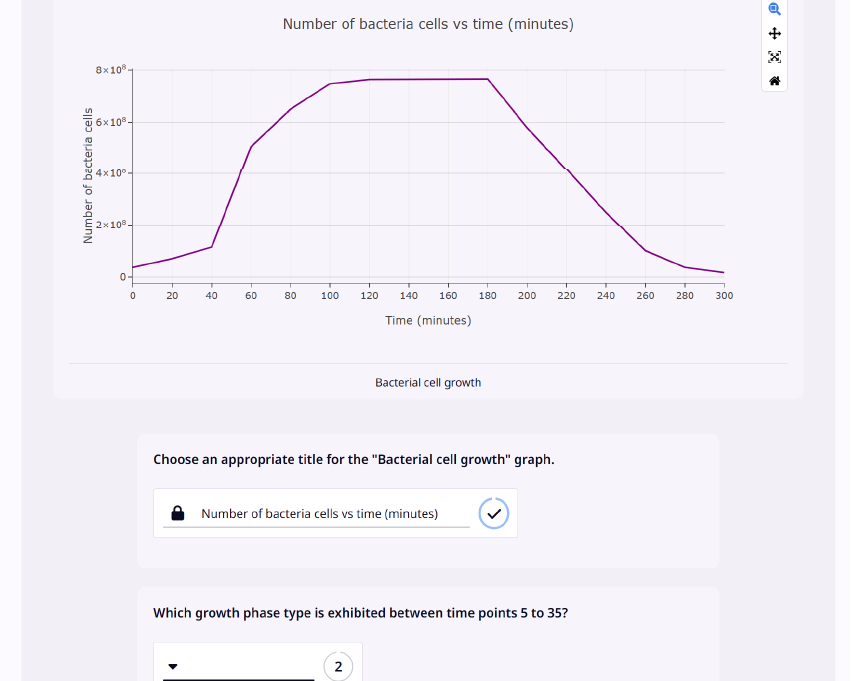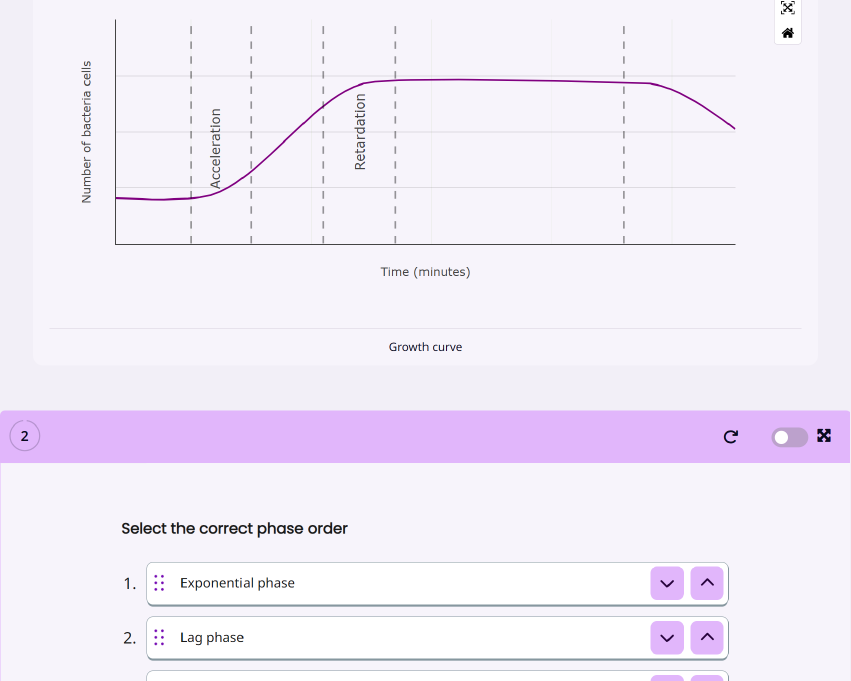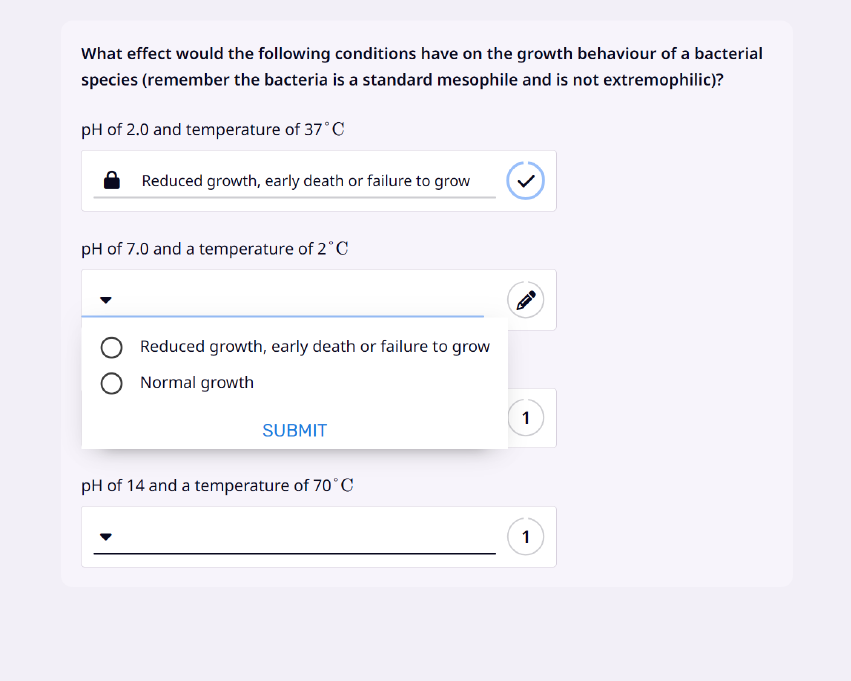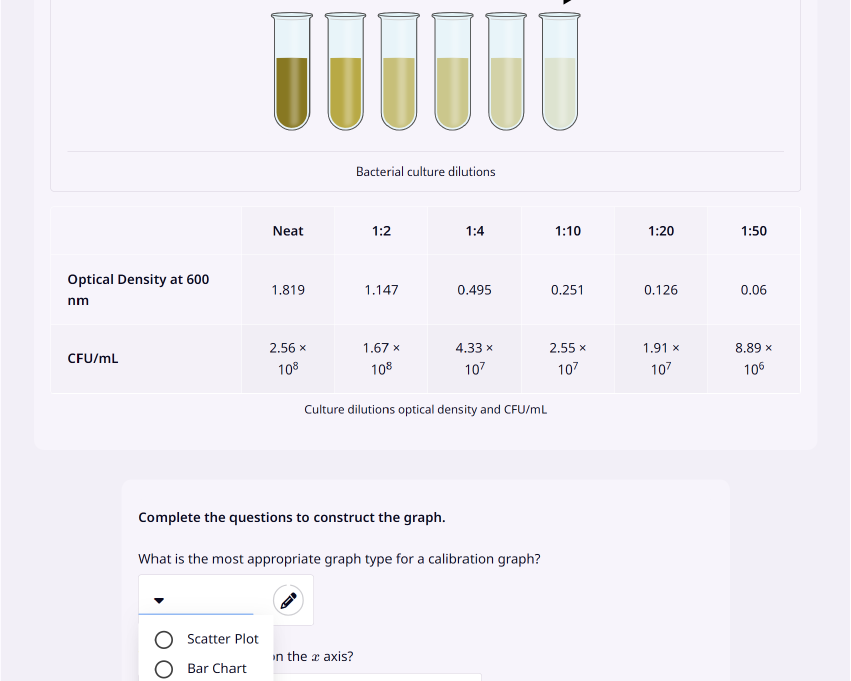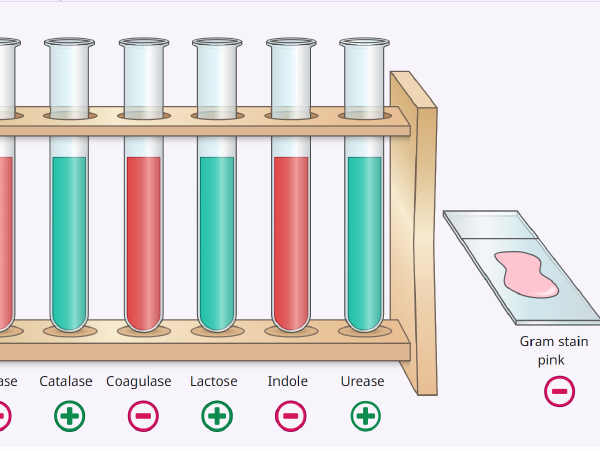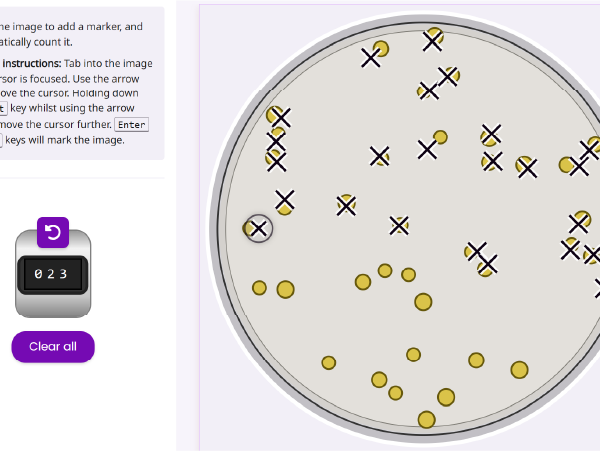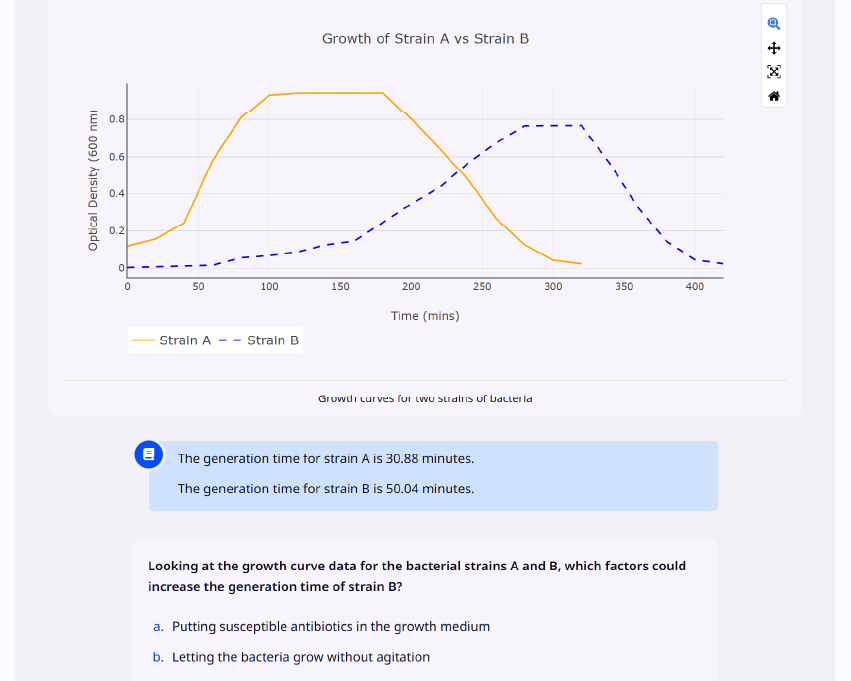
Explore the anatomy of a bacterial growth curve and how colony forming units per millilitre calculations can be used to calibrate actively growing bacteria. Delve into the principles and calculations behind bacterial doubling through the process of binary fission, and learn how to identify different phases of a bacterial growth curve. Use the skills developed to identify the exponential phase and calculate the generation time of a specific bacterial population.
